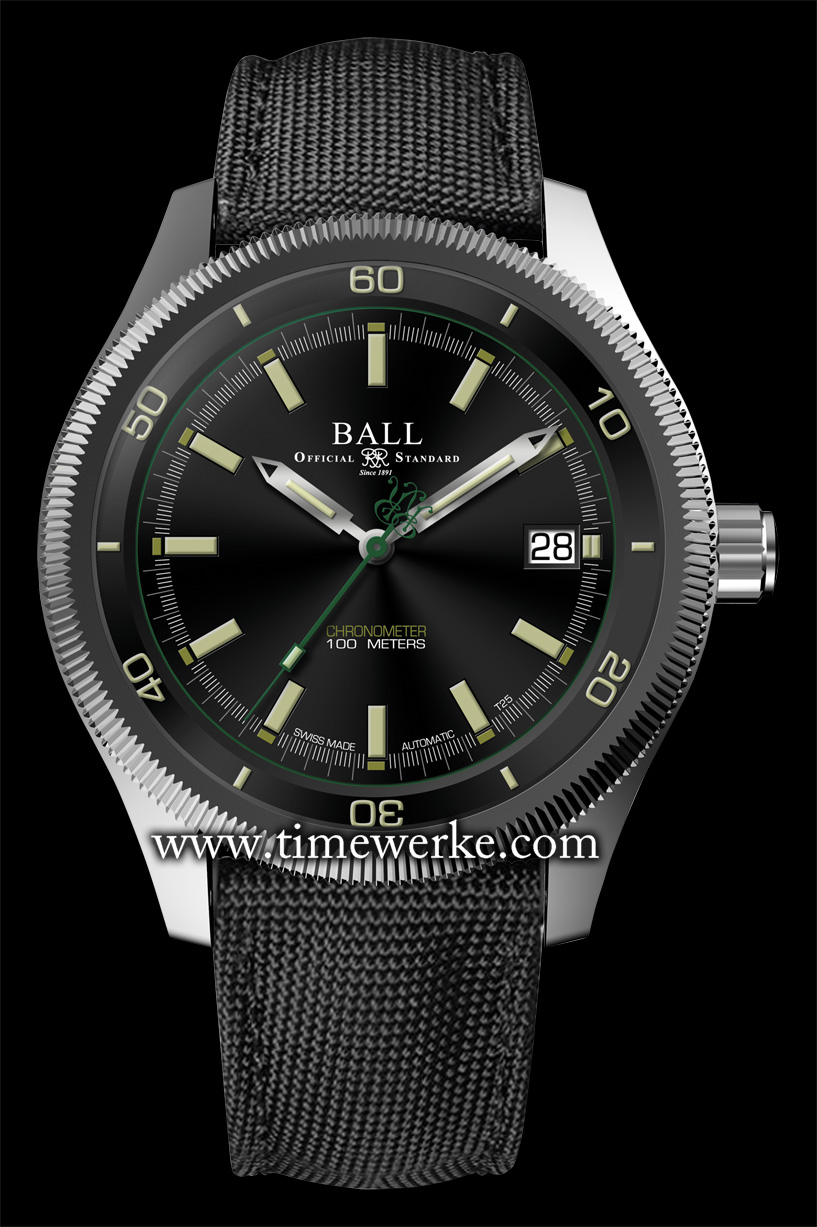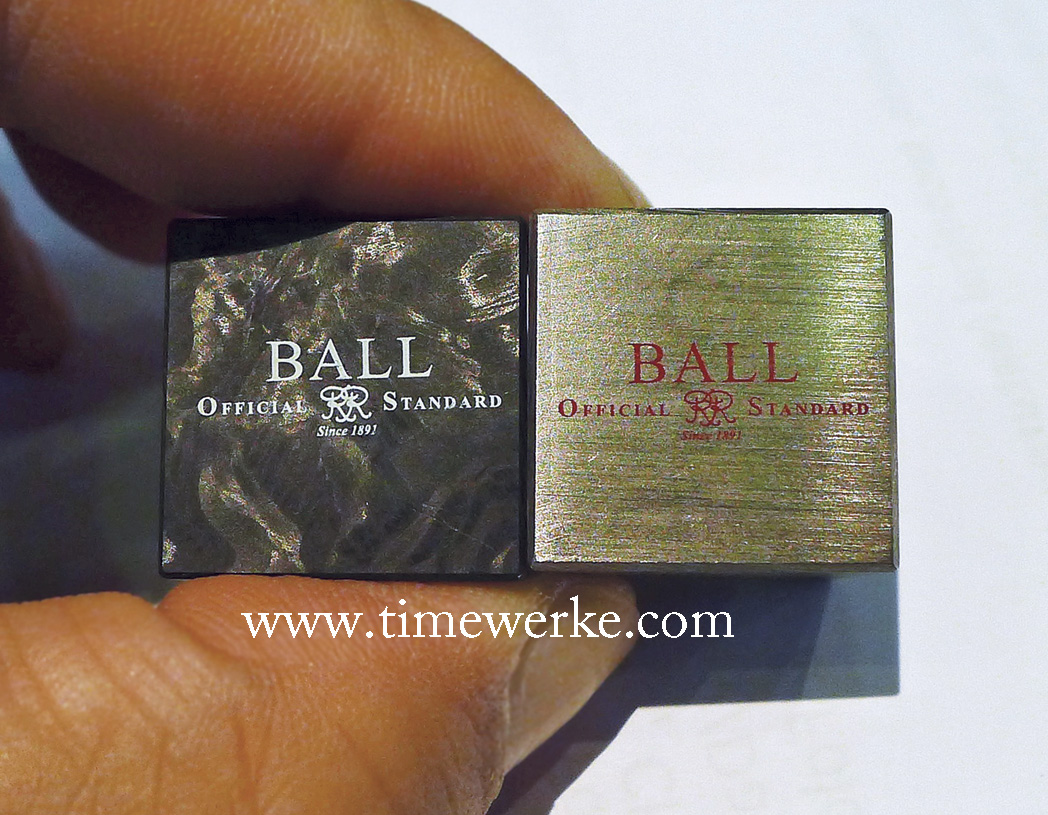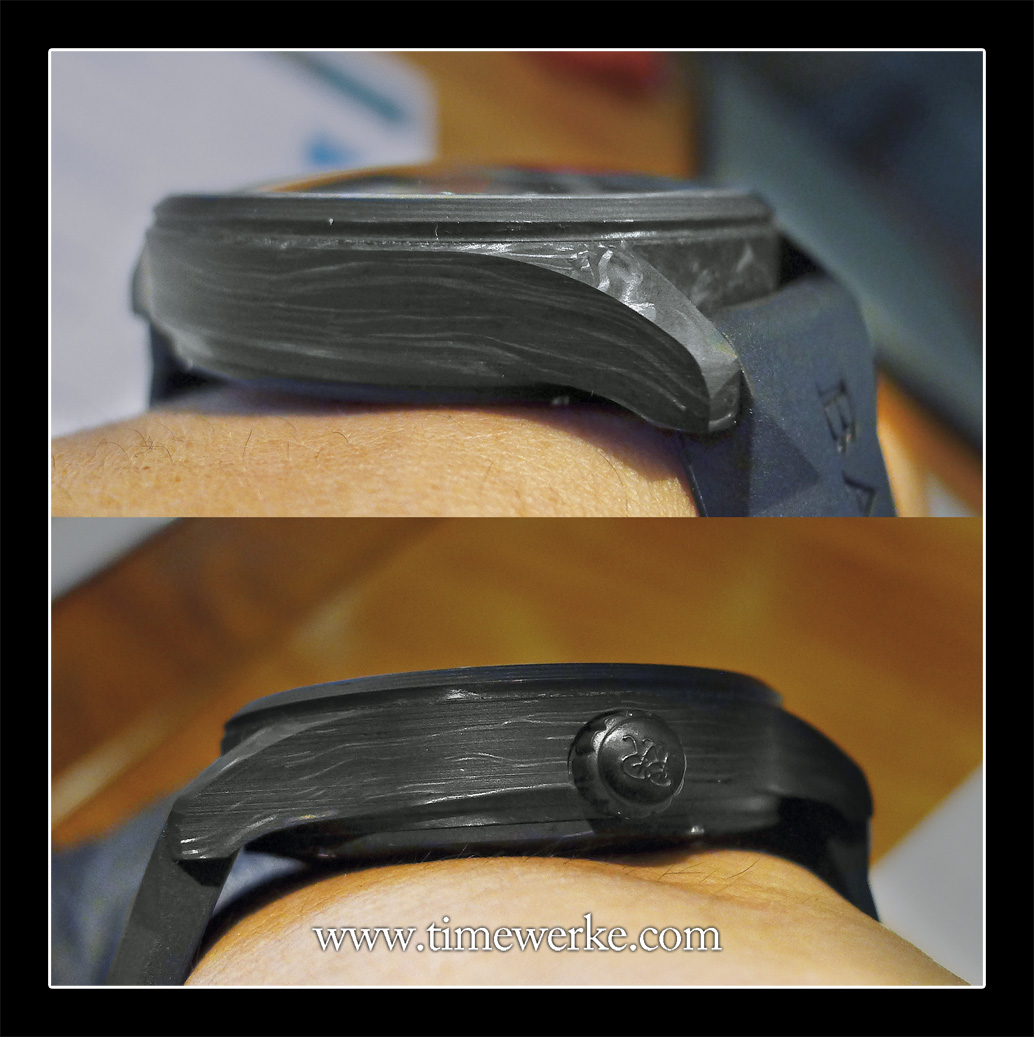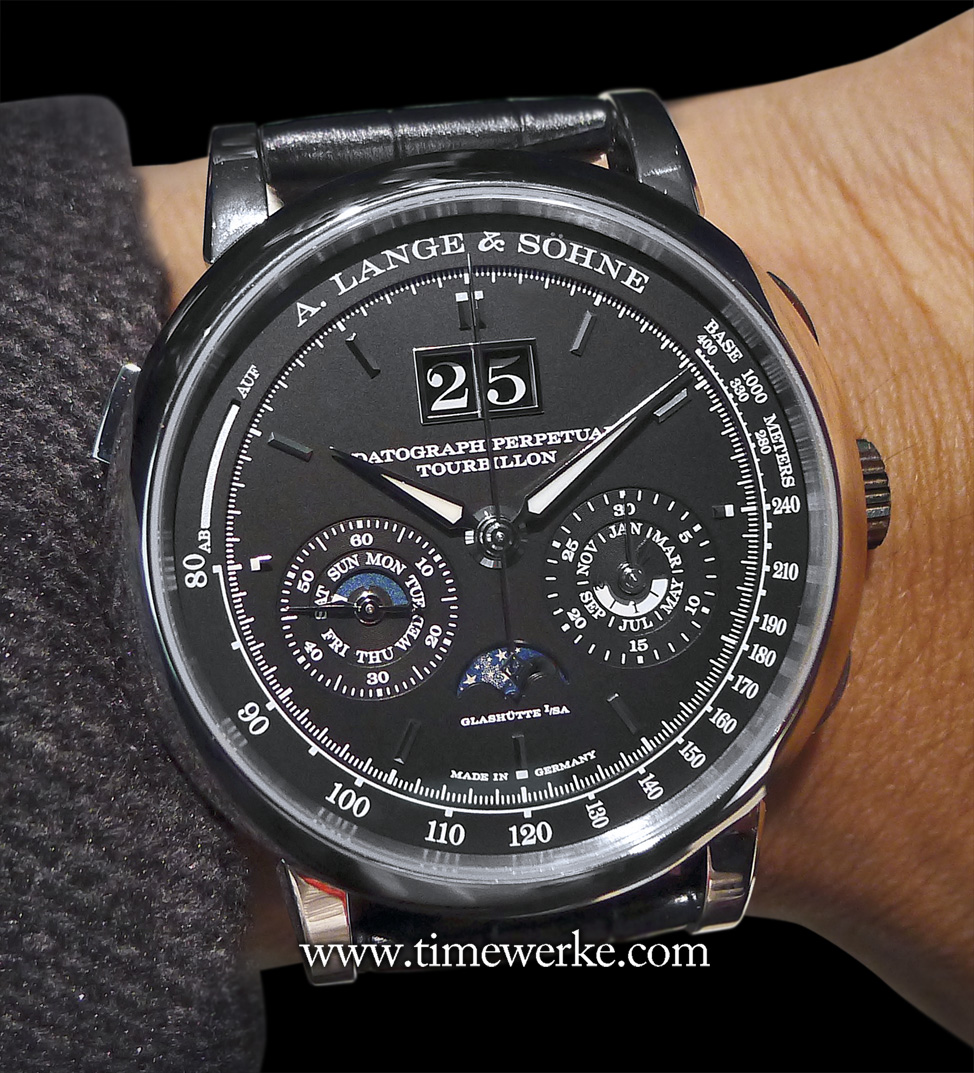
A. Lange & Söhne Datograph Perpetual Tourbillon. Introduced in 2016, its Calibre L952.2 manual-winding movement comprises 729 movement components and features three complications: the chronograph, perpetual calendar and tourbillon, including five supplementary functions. Limited to 100 pieces. Priced at EUR295,000. Photo: © TANG Portfolio. 2016 Salon International de la Haute Horlogerie.
A. Lange & Söhne’s Datograph Perpetual Tourbillon looks complicated simply because it has a highly complex mechanism. After all, it comprises 729 movement components and houses three complications: the chronograph, perpetual calendar and tourbillon, including five supplementary functions, within the Calibre L952.2 manual-winding movement.
“The Datograph Perpetual Tourbillon is a triple complication. The perpetual calendar is instantaneous jumping and the power reserve is 50 hours. There is a twenty-hour indication, a leap-year display and the moon phase display,” says Anthony de Haas, product development director, A. Lange & Söhne.
“The challenge for this timepiece was in how to integrate a tourbillon into the Datograph,” de Haas continues. “The basic movement is entirely new, the entire gear train has changed and we have the stop-seconds tourbillon. In the Tourbograph [the A. Lange & Söhne Tourbograph “Pour le Mérite”], there is no stop-seconds.”
There are three technical features to note about the chronograph: this is a column wheel chronograph with a jumping minute counter and it includes the flyback function.
The tourbillon is not visible on the dial side but it can be seen through the open display case back. Now where is it placed? Well, take a look at the dial again and notice most of the functions or displays are at the lower half of the dial. This explains why the tourbillon is actually below 12 o’clock.
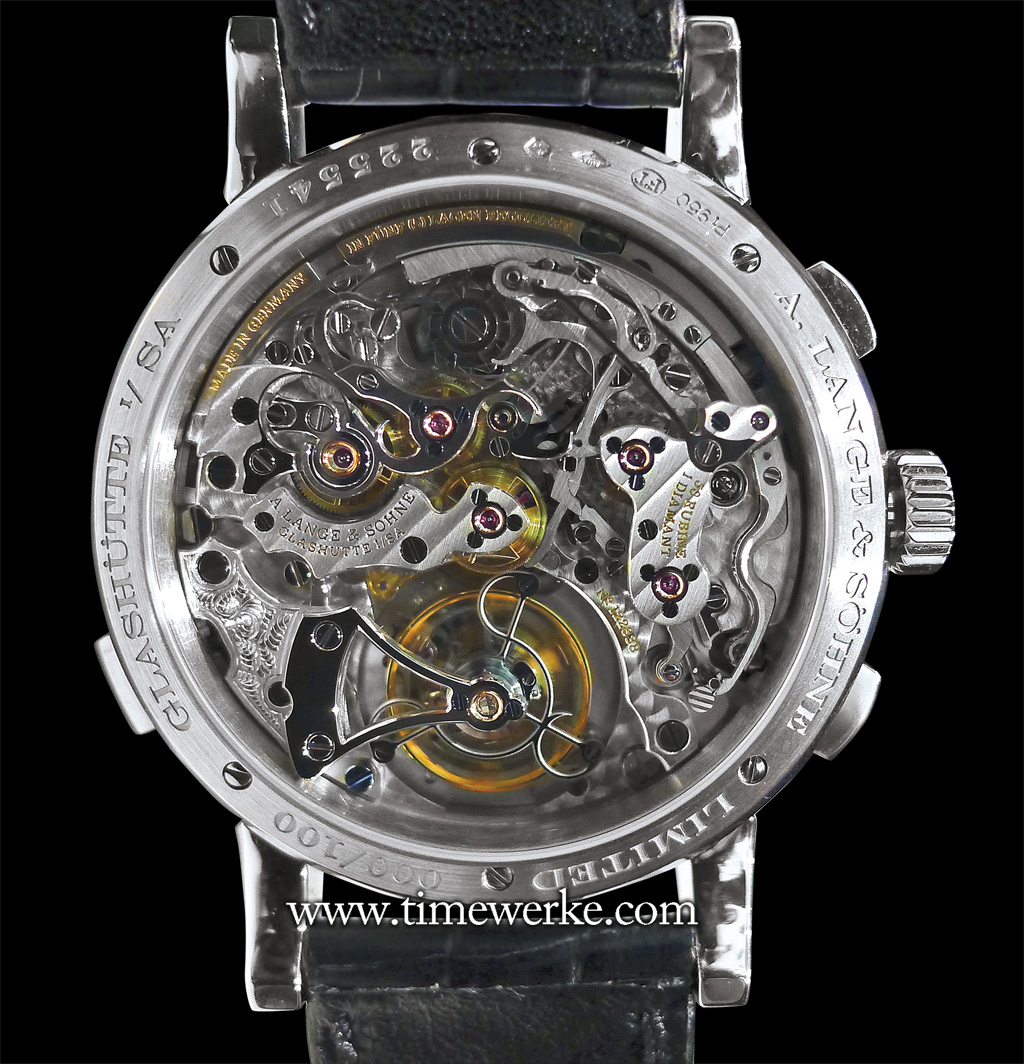
The Calibre L952.2 manual-winding movement of the Datograph Perpetual Tourbillon. This is the first time a Lange tourbillon with chronograph has the frequency of 18,000 vibrations per hour (2.5 Hertz) instead of the conventional 21,600 vibrations per hour. Photo: © TANG Portfolio. 2016 Salon International de la Haute Horlogerie.
Another challenge was in energy management as there is only one mainspring barrel. “In the last six hours [before midnight], the little spring [in the movement] is charged with its power released at midnight [to change the perpetual calendar displays]. One should also be able to use the chronograph at midnight,” says de Haas.
Interestingly, the power reserve display is positioned on the dial ring, located between 9 and 10 o’clock.
In terms of firsts for the brand, this is the first time a Lange tourbillon with chronograph has the frequency of 18,000 vibrations per hour (or 2.5 Hertz) instead of the conventional 21,600 vibrations per hour. Elapsed times measured are therefore accurate to one-fifth of a second.
Now for those wondering why the brand has packed in so many features into the Datograph Perpetual Tourbillon, here’s what Tino Bobe, technical director at A. Lange & Söhne has to say: “We would not be Lange if we didn’t add additional features.”
A. Lange & Söhne
Datograph Perpetual Tourbillon
Introduced in 2016
Technical Specifications:
• Calibre L952.2 manual-winding movement
• 729 components
• Movement diameter: 32.6mm
• Movement thickness: 9mm
• 18,000 vibrations per hour
• 59 jewels including one diamond endstone
• 50 hours power reserve
• 5 screwed gold chatons including one diamond endstone
• Lever escapement
• Movement decorated and assembled by hand
• In-house manufactured balance spring
• Shock-resistant balance wheel with eccentric poising weights
• Plates and bridges made of untreated German silver
• Intermediate wheel cock and tourbillon bar engraved by hand
• Tourbillon with patented stop seconds
• Flyback chronograph with precisely jumping minute counter
• Tachymeter scale
• Perpetual calendar with outsize date
• Day, month and leap year indications
• Day and night displays
• Moon phase display
• Power reserve display
• Hours, minutes and seconds indications
• Sapphire crystal (Mohs hardness 9)
• Solid silver dial in black, rhodiumed gold, luminous hour and minute hands, rhodiumed gold seconds, day, month, four-year (leap-year) and minute-counter hands, rhodiumed steel chronograph sweep seconds hand
• 41.5mm diameter case in platinum, 14.6mm thick
• Black hand-stitched alligator leather strap
• Deployant buckle in platinum
Limited to 100 pieces


